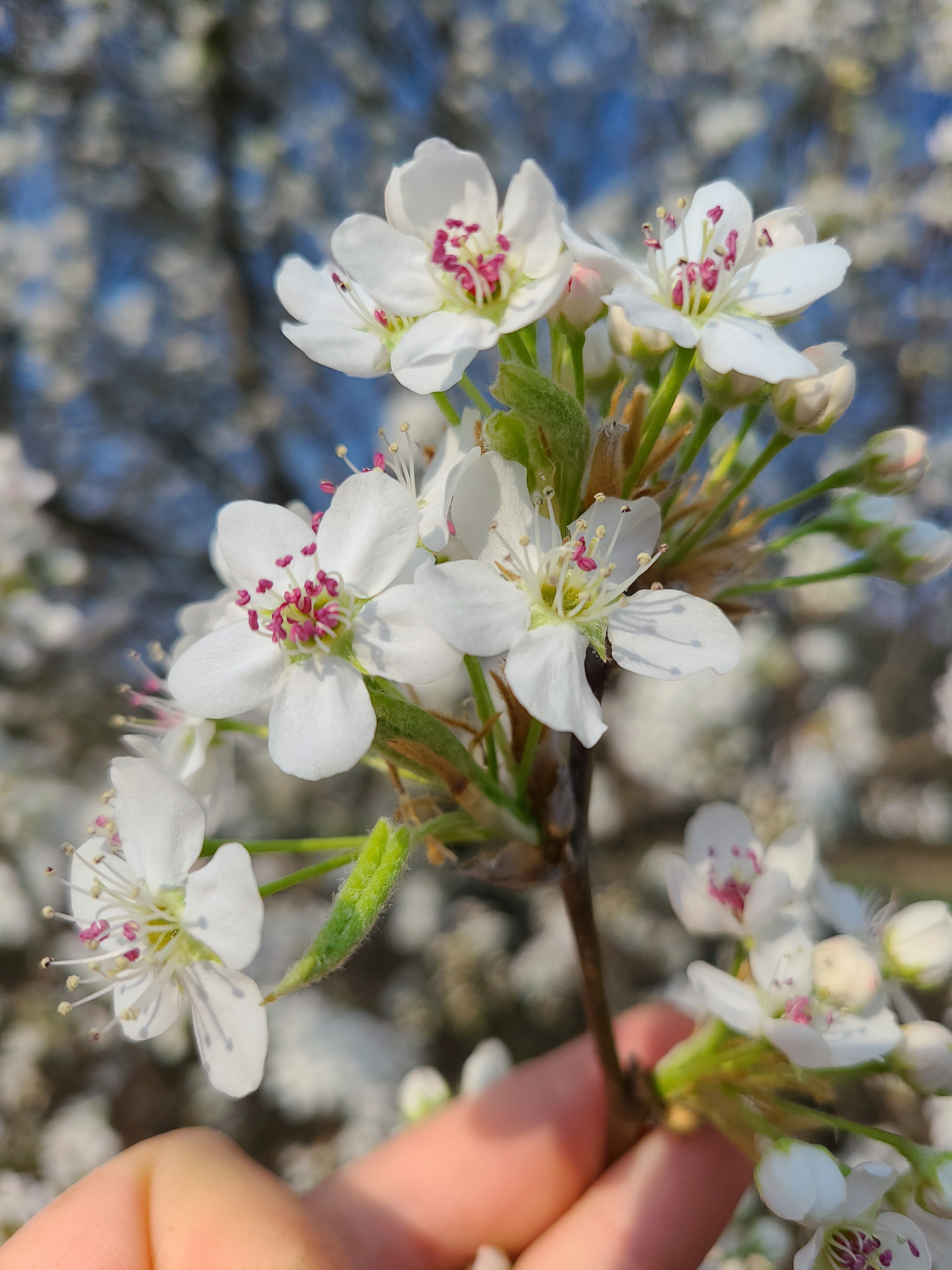Be on the Lookout: There’s a Bounty Out for Bradford Pears
go.ncsu.edu/readext?923068
en Español / em Português
El inglés es el idioma de control de esta página. En la medida en que haya algún conflicto entre la traducción al inglés y la traducción, el inglés prevalece.
Al hacer clic en el enlace de traducción se activa un servicio de traducción gratuito para convertir la página al español. Al igual que con cualquier traducción por Internet, la conversión no es sensible al contexto y puede que no traduzca el texto en su significado original. NC State Extension no garantiza la exactitud del texto traducido. Por favor, tenga en cuenta que algunas aplicaciones y/o servicios pueden no funcionar como se espera cuando se traducen.
Português
Inglês é o idioma de controle desta página. Na medida que haja algum conflito entre o texto original em Inglês e a tradução, o Inglês prevalece.
Ao clicar no link de tradução, um serviço gratuito de tradução será ativado para converter a página para o Português. Como em qualquer tradução pela internet, a conversão não é sensivel ao contexto e pode não ocorrer a tradução para o significado orginal. O serviço de Extensão da Carolina do Norte (NC State Extension) não garante a exatidão do texto traduzido. Por favor, observe que algumas funções ou serviços podem não funcionar como esperado após a tradução.
English
English is the controlling language of this page. To the extent there is any conflict between the English text and the translation, English controls.
Clicking on the translation link activates a free translation service to convert the page to Spanish. As with any Internet translation, the conversion is not context-sensitive and may not translate the text to its original meaning. NC State Extension does not guarantee the accuracy of the translated text. Please note that some applications and/or services may not function as expected when translated.
Collapse ▲The bright white profiles of Callery Pears stand out from the edges of forests and yards in February and March in North Carolina. Take a drive around the 440 loop in Raleigh and it is a solid ring of these trees. Callery pear, Pyrus calleryana, is considered invasive in the Southeastern United States and they are continuing to show up in thicker and thicker stands every year. Residents in and around Lee County have an opportunity to act and get free native trees to replace this habitat-degrading species.
Where Did It Come From?
Callery pear is native to China and was released in the early 1900s for planting in Southern landscapes because of its vibrant, dense flower show and its fire blight disease resistance. The trees are easy for nursery people to propagate and the plants themselves are highly tolerant of degraded, urban soils and tough growing conditions. Callery pear cultivars, like ‘Bradford’ and ‘Cleveland Select’, were

The flowers of Callery pears, Pyrus calleryana, are beautiful and create a stunning show in the landscape. Unfortunately, they are not effective nectar or pollen sources for native pollinators. Photo by Amanda Wilkins.
especially popular in the 1990s during the beginning of the housing boom. Since their release into horticulture, as more and more trees have been planted, more have been showing up in forest edges, unmanaged properties and home gardens from fruits eaten by birds. The trees are not long-lived and have weak wood that is prone to breaking and splitting during high winds and hurricanes. Despite the beautiful flower show, Callery pears produce an unpleasant smell and a lot of pollen, yet are not effective sources for pollen or nectar for native, North American pollinator species.
Bradford Pear Bounty Program in Lee County
The Bradford Pear Bounty program started in South Carolina as a response to the alarming rate of spread of Callery pears into natural areas and unmanaged land. The Program raised awareness about removing them from our landscapes and incentivised action through a native tree give away. Their slogan is “Remove and Replace”. The Program has since come to North Carolina thanks to Dr. Kelly Oten with NC State Forestry Cooperative Extension. The Cooperative Extension Office in Lee County is very excited to be partnering with the City of Sanford to host a Bradford Pear Bounty in Lee County in October 2023. We will also be celebrating the City of Sanford’s 10-year anniversary of being a Tree City USA participant. Anyone in Lee County and the surrounding areas can get a free tree for cutting down their Callery pears, up to five free trees. You must take a before and after picture, and register on a website. We recommend that you use a certified arborist to remove the trees, and there are arborist companies that are offering discounts for program participants. Any cultivars of Callery pear qualify for the Bounty program.
What Can You Do
The short story is Callery pears are an invasive species that cause ecological harm by degrading habitat quality for native species, and economical harm because they cost money and time to manage and remove from property. Even though the trees are beautiful and may be in ‘good health’ in your yard, they are making viable seed that is spreading to nearby forests and other people’s property. You have an opportunity to make a difference in the overall ecological health of your community when you remove your Callery pear. Not only will you take out a known invasive, you will be replacing it with a native tree that will provide more ecosystem services to your local ecosystem. Help your community today by participating in the Lee County Bradford Pear Bounty on Saturday, October 28, 2023.
Amanda Wilkins is the Horticulture Agent for North Carolina Cooperative Extension in Lee County.




